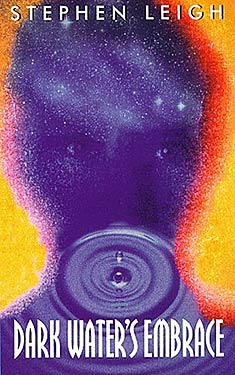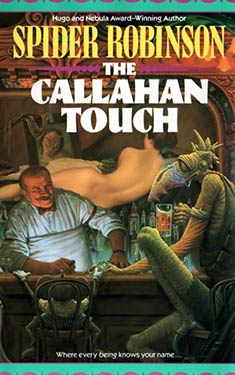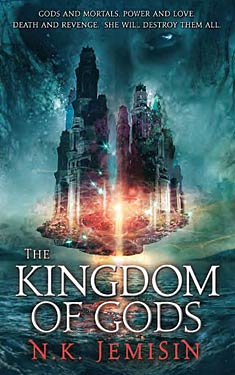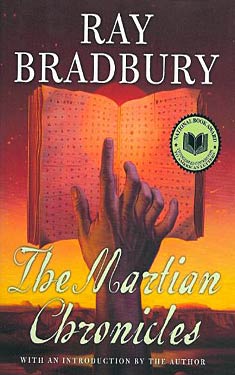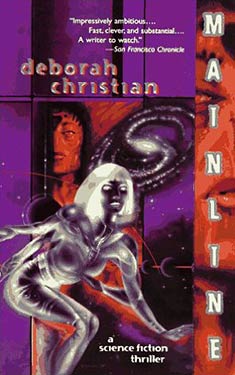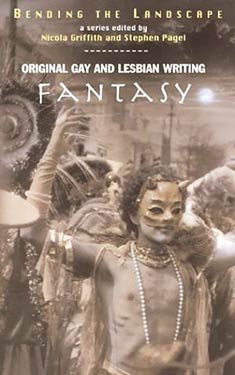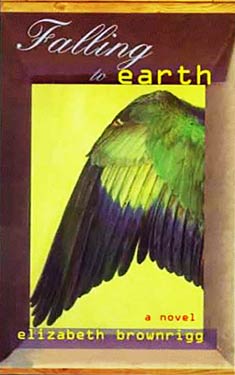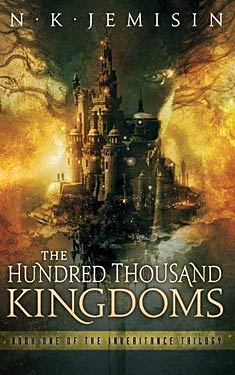Elizabeth
Bear
Completed 4/27/2020,
Reviewed 4/27/2020
3 stars
This book is
a good example of terrific world-building with a convoluted plot. Bear created a fantastic new world called New
Amazonia where women run everything and men are divided into studs, for
breeding, or gentles, for serving. She
also evolved Earth into New Earth, a post-apocalyptic world where humans
created an AI called the Governors which then culled most of population because
they did not possess the correct behaviors or made the right choices. Most of the people of the Northern Hemisphere
were eliminated. New Amazonia is one of
the planets people fled to before the second culling. Despite this awesome setting, Bear created a
story of espionage and double-crossing that was very hard to follow. So, I didn’t really enjoy that part. Nonetheless, this book was nominated for
several awards, including the Gaylactic Spectrum Award.
 The story is
about Vincent, a diplomat and spy, and Michelangelo, his bodyguard, who is
basically also a spy. They have been
lovers for forty years, though they have not seen each other for the past seventeen. Their new mission reunites them. They are sent to New Amazonia to bring them
under the influence of the Coalition, which are planets in league with New Earth
and its Governors. Their cover is that
they are there to recover some art. On
New Amazonia, they have to deal with differing sects, assassination attempts,
the fiercely independent controlling government, and general political intrigue.
The story is
about Vincent, a diplomat and spy, and Michelangelo, his bodyguard, who is
basically also a spy. They have been
lovers for forty years, though they have not seen each other for the past seventeen. Their new mission reunites them. They are sent to New Amazonia to bring them
under the influence of the Coalition, which are planets in league with New Earth
and its Governors. Their cover is that
they are there to recover some art. On
New Amazonia, they have to deal with differing sects, assassination attempts,
the fiercely independent controlling government, and general political intrigue.
The
characterization wasn’t too bad. Vincent
and Michelangelo aren’t too badly developed, though at times, I couldn’t tell
the two apart by their dialogue or interactions. One nice thing about them is that this is not
a romance; it’s simply about two characters who have been in love for forty years.
The women on
New Amazonia all kind of bled together, except for Lesa Pretoria, a high
ranking official with whom the two men stay with for most of their time on the
planet. It took me most of the book to
get the others straight in my head. I
really didn’t feel too much for any of the characters. It’s not that they were cardboard. It’s just that the dialogue didn’t give you
much feel for the emotions of any of them.
They were all either rather stoic, or simply one-dimensional. I’m not exactly sure which.
One thing I
liked about the characters is that they were mostly non-white, as most of the
survivors of the Earth’s first culling were from the southern hemisphere. I also liked that Vincent and Michelangelo
were at least sixty years old, but still considered middle-aged and had the physicality
of middle-aged men.
There were
some great details to the world building.
There were the wardrobes, the outfits that the two lead men wore. They were like AI clothes, with temperature
control, sun screening, self-healing and body function monitoring, and could
render you invisible. Also interesting
were the women’s pets/companions, the Khir, which were sort of a highly
intelligent dog type creature. Though
what they really are is a bit of a mystery and is part of a big reveal in the
end.
So those
were things I liked. What I didn’t like
was the main plot and the dialogue. Both
were very convoluted. The plot, I never
really got all the politics and double-crossing. I was able to follow the basic idea and had to
let go the things that didn’t make sense.
It did more or less come together in the end, but I felt like I
definitely missed a lot of the intrigue.
I think part of it had to do with the dialogue. There was not much direct dialogue. Everyone spoke subtly and in riddles. It was further complicated by the long prose
which often interrupted each speaker’s thought.
In one extreme example, one character begins speaking. Then there were three paragraphs of prosy
internal thoughts. Then finally, the end
of the what that character was saying. It
was very difficult to follow.
I give this
book three stars out of five: four stars
for the world-building, two stars for the plot and dialogue. I have been hit or miss with this author,
more miss than hit. I don’t think I’ll
be reading much more of her. The only
reason I have read as much as I have is because she has been nominated for many
LGBTQ+ awards, though I don’t believe she has ever won one.
